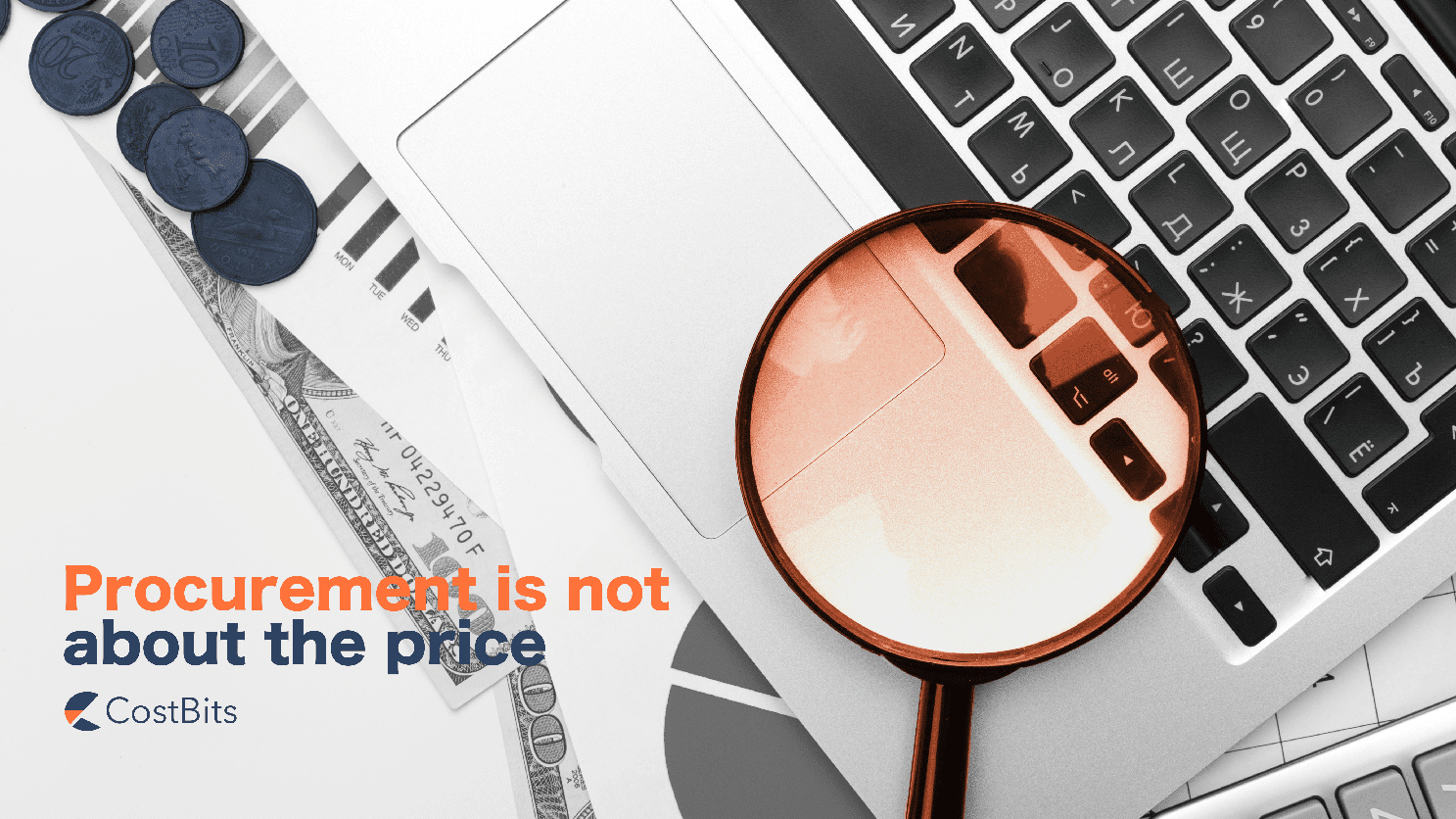The primary distinction between basic procurement activities and high-impact professional procurement teams is the teams ability to look beyond simply pricing and base their decision on data. With a broader-than-price perspective, along with expertise of how to analyze facts, identify opportunities, and achieve long-term cost reductions with business counterparts procurement can move from “the too-late negotiators” into “value drivers”.
Straight forward, right?
Professional strategic procurement is now a specialized role responsible for controlling a company’s complete purchasing volume incl. meddling in the discussions on past vs current needs. Modern procurement departments play a variety of tasks, ranging from focusing on cost management in low-margin organizations to ensuring the availability of basic commodities, gaining access to the most recent market research, and identifying and mitigating supply chain hazards.
All of these disciplines benefit from high-quality data and a procurement department that know more than just price.
As an example Category management is the active ownership of a company’s spend category (for example, steel components, IT services, or packaging). Its not a passive ownership and its certainly not reduced to a mere price negotiation task. We made more comments on short and long term cost reductions in our latest free whitepaper – the link is here
Active Ownership
Active ownership in Category Management extends much beyond simply negotiating costs. It requires a thorough understanding of business needs, market dynamics, and product cost structures. A category manager is an important actor in this area, pushing the transition from price negotiation to cost control. Their function is diverse, requiring them to be knowledgeable about numerous parts of the market as well as the business’s internal operations.
Category managers must grasp their company’s special requirements and how these convert into procurement activity. This insight enables them to better match procurement strategy with broader corporate objectives. For example, in the IT services category, a manager must understand the technical standards required by the organization and identify providers that can meet those needs efficiently and cost-effectively.
Data Driven Decisions
In today’s data-driven world, making informed buying decisions is critical. Data gives information about spending habits, supplier performance, market trends, and potential hazards. By examining these data points, category managers can uncover cost-cutting and efficiency-enhancing options. For example, data may show that combining suppliers or renegotiating contract conditions can result in significant cost savings.
Without data, category management would be a guessing game. Data allows managers to forecast future trends, evaluate the impact of macroeconomic conditions, and make proactive actions. For example, if data suggests that there may be a shortage of raw materials owing to geopolitical tensions, a proactive category manager can arrange contracts ahead of time to limit the supply chain impact.
Transforming Data into Opportunities
Active category management entails transforming data points into actionable opportunities. This could include locating alternative suppliers in emerging markets, taking advantage of volume reductions, or innovating with new product offerings. For example, if market research indicates a shift toward more sustainable products, a category manager should collaborate with suppliers to produce eco-friendly alternatives that not only meet legal standards but also appeal to environmentally concerned consumers.
Furthermore, knowing the cost structure of items enables category managers to negotiate more effectively. Instead of focusing exclusively on the ultimate price, they can analyze the costs of materials, labor, and logistics, identifying strategies to minimize these factors while achieving a lower overall cost. This holistic perspective allows for more strategic discussions, resulting in higher long-term value for the organization.
Supporting Procurement with Data and Systems
To prosper, procurement functions require reliable data and systems. Implementing modern procurement software can help you expedite procedures, improve data accuracy, and gain real-time insights. These technologies can automate regular work, allowing category managers to focus on strategic objectives.
Furthermore, data analytics technologies can assist in forecasting demand, optimizing inventory levels, and identifying cost-saving options. For example, predictive analytics can predict demand spikes or declines, enabling better inventory management and preventing overstocking or stockouts.
Conclusion
To summarize, procurement’s true goal is to reduce total cost of ownership or even increase the value of ownership, not just reduce the purchase price. By concentrating on the big picture of all related costs and values from the purchases, procurement professionals may make better decisions that add value, increase efficiency, and still secure long-term savings. This holistic approach to procurement necessitates a thorough examination of all cost-affecting elements, with a focus on strategic supplier relationships, risk management, and sustainable practices. Organizations can gain a competitive advantage by using sophisticated, value-driven procurement strategies rather than simply reducing costs.

